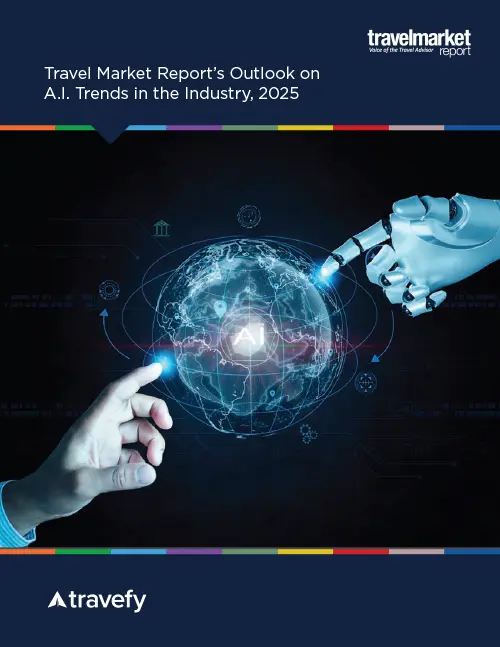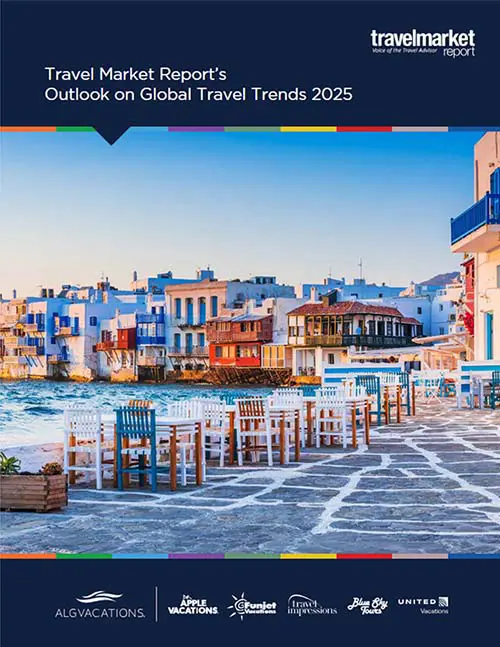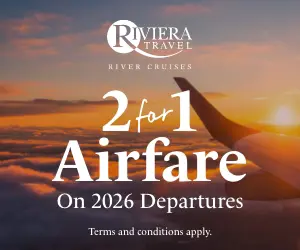New Meetings Mentality: Put Ideas – Not People – On the Road
by Fred GebhartPaul Perry cut Nokia’s $682 million travel budget in half in 2009. That’s an exceptional accomplishment, but what he did is less important than how he did it.
Rather than telling Nokia’s 40,000 travelers to stay home, he helped everyone from the CEO to the newest hire change the way they looked at travel. Nokia’s global sourcing director called the new perspective “travelogic.”
“What needs to travel are your ideas and your work product, not so much your body,” Perry told participants in a recent Association of Corporate Travel Executives meeting in New York.
“If there is a way you can image and communicate without getting on an airplane, that’s a good result. We plan to have this into the mindset of the managers, the controllers, and the employees so that they will think this way about business travel.”
Nokia’s travelogic accounted for about 15% of total savings. That translated to some $41 million that was not spent on air, hotel, car and other travel expenses, compared to 2008.
What it involves, Perry explained, is substituting teleconferences, web-based meetings, and other virtual information exchanges for physical travel whenever possible.
Means to an end
Business travel is a means to an end, not a business objective in itself, he explained. The business objective is to move ideas, information, and knowledge from one place to another or from one person to another. In Perry’s experience, there are more effective ways to achieve that objective than putting 40,000 employees on the road.
That realization didn’t happen by accident. Nokia was losing market share when the economy tanked in 2008, Perry told ACTE. Operating expenses were tight and the entire company was looking for ways to save cash.
The image of travel, even internally, is of people flying around the world wasting money, he said; that made travel and training budgets easy targets. Nokia’s CEO didn’t just ask for cuts to travel spending, he wanted a reduction in travel demand.
No trained monkeys or bandaids
“A trained monkey can try to choke 3% out of a hotel, but that is not going to save you a lot of money,” Perry said. “Other companies that had a travel ban, the minute they lifted the travel ban, their travel doubled the next month. It didn’t change behavior longterm, it only put a Band-Aid on the problem.
“When you start looking at how products and services are consumed within your company, that is when you start running into some serious savings.”
But changing the way products and services are consumed within the company doesn’t happen overnight. Achieving a substantial change in behavior means changing consumer mindset. In this case, it meant changing the mindset of travelers, their managers, their co-workers – just about everyone in the company.
Internal marketing campaign
Travelogic emerged as an internal marketing campaign. The slogan, “Great ideas travel everywhere, great people shouldn’t have to,” was as much a marketing tool as it was a practical goal.
Repeated messages pointed out that business travel affects work, mood, productivity, work-life balance, and the environment – and it costs the company. Perry saved the money-saving part for last because most people are less driven by corporate concerns than they are by their personal concerns and priorities.
Corporate travel consultants jumped into the campaign to identify the needed behavioral changes, track progress, and report results. Key targets included six of the CEO’s nine direct-reporting organizations, which account for 50% of company employees worldwide. Internal marketing messages highlighted managers who set good examples using blogs and other communication channels.
Policy shift
Perry also changed travel policy to support the new approach.
One of the key changes was sharply limiting business class travel to about 200 employees globally, instead of thousands. New policy also encouraged restricted fares instead of fully flexible full fare tickets. Some trips also require pre-travel approval. The net result, he said, was a 20% to 25% reduction in air spend, without ever calling the airlines.
“Travel shouldn’t be your first choice,” he said, “but when you have to travel, do it smart. You have to answer the ‘what’s-in-it-for-me question.’ If you can figure out what’s in it for the employee, you can change behavior. Policy has the least effect.”



















